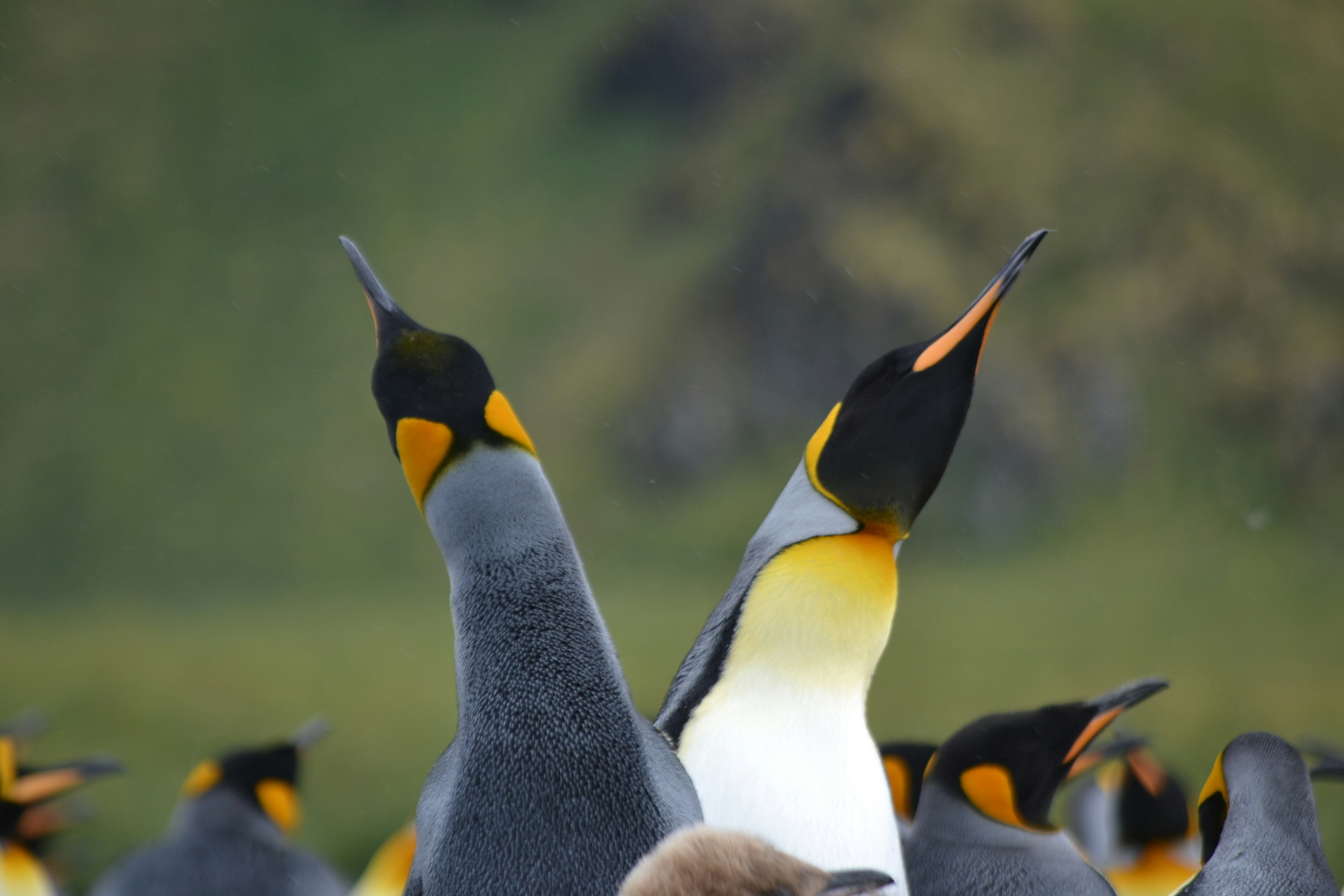NATIONWIDE – Recent analysis of satellite imagery indicates that emperor penguin populations in parts of Antarctica are declining faster than previously estimated.
Key Insights:
- Significant Decline Observed – Satellite photos taken between 2009 and 2024 reveal a 22% decline in estimated populations across 16 emperor penguin colonies in the Antarctic Peninsula, Weddell Sea, and Bellingshausen Sea.
- Climate Change as Primary Driver – The accelerated decline is attributed primarily to climate change, which is reducing the stable sea ice essential for emperor penguins to breed and forage.
- Exceeds Prior Projections – This 22% decline in a significant region contrasts with earlier estimates of a 9.5% reduction across all of Antarctica between 2009 and 2018, suggesting the situation may be more severe than previously modeled.
Scientists with the British Antarctic Survey (BAS) and the University of Southampton recently published a study in Nature Communications: Earth & Environment that sheds new light on the rate of emperor penguin decline.
How Satellite Data Reveals Penguin Losses

Researchers used satellite imagery to monitor 16 emperor penguin colonies, which represent approximately 30% of the global population. This method allows scientists to observe remote and often inaccessible breeding sites in Antarctica. The images, collected from 2009 to 2024, provided a detailed look at population changes over a 15-year period. By analyzing these images, scientists can identify penguin colonies by the stains left on the ice from their guano, allowing for population estimates.
Why is the Decline Accelerating?
The primary factor identified for this accelerated decline is the loss of stable sea ice, which is crucial for emperor penguins. These penguins rely on solid, long-lasting sea ice for their entire breeding cycle, which spans from April through January. This platform is where they lay eggs, raise their chicks, and find food. When sea ice breaks up too early in the season, before chicks have developed waterproof feathers, it can lead to catastrophic breeding failures as young penguins are plunged into the frigid ocean, often freezing or drowning.
Peter Fretwell, a lead author of the study from the British Antarctic Survey, stated that the observed decline is “worse than the worst-case projections” for emperor penguins this century. While the current study focuses on a specific region, further analysis is underway to determine if this rapid decline is mirrored across the entire continent. Scientists emphasize that there are no other significant human-induced threats to emperor penguins, such as fishing or habitat destruction, making climate change the most direct and impactful factor on their populations.
What Are the Implications for the Future of Emperor Penguins?
The U.S. Fish and Wildlife Service listed the emperor penguin as a threatened species under the Endangered Species Act in 2022. Computer models have previously projected that emperor penguin populations could face quasi-extinction by the end of the century if current global warming trends continue. The new findings suggest that these models may need to be reevaluated, as the rate of decline appears to be faster than anticipated. Despite the grim outlook, researchers stress that there is still time for intervention through substantial reductions in greenhouse gas emissions. The fate of the emperor penguin largely depends on global efforts to mitigate climate change and protect their critical sea ice habitat.









